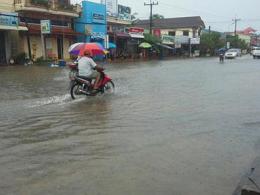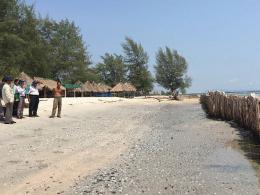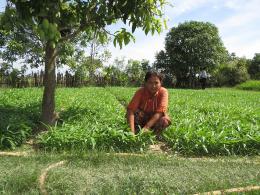Investing into Soil Organic Carbon Management for Resilient and Low Emissions Upland Farming (ISOC)
Background
The effects of land use and land cover changes (LULCC) on soil organic carbon (SOC) stocks are of concern in the context of international policy agendas on greenhouse gas (GHG) emissions mitigation for the United Nations Convention to Combat Desertification (UNCCD). Cambodia has also been a Party to the United Nations Framework Convention on Climate Change (UNFCCC) since 1996 and the country ratified the Paris Agreement in 2017 that responding with
In Cambodia, Agricultural lands progressed at a rate of 19.6% from 1996 to 2015 when forest decreased by 22% (Ingalls et al., 2018). A recent study described LULCC in two northwestern provinces (Battambang and Pailin provinces) underwent a massive land conversion mainly driven by regional market demands and high profitability of crops such as maize and cassava (Kong et al., 2018), vast available forestland and spontaneous in-migration of farmers from populated lowlands. Although, the land conversion was associated with a marked depletion of soil fertility, erosion of lands and biodiversity (Belfield et al., 2013; Montgomery et al., 2017), and increasing use of chemical inputs that can gradually undermined the sustainability of the upland farming systems and the adaptation to climate change. Thus, restoring soils, by increasing their organic carbon contents, appears to be one of the most promising options for improving the sustainability of agricultural systems, as well as contributing to climate change mitigation and adaptation.
Overall Objective
ISOC aims at contributing to the GHG inventory through the assessment of the impacts of conservation agriculture on soil organic C and for annual upland cropping systems.
Specific Objectives
1. Assess the impact of the continuous plow-based CT on SOC stock vis-a-vis the native vegetation (NV) as reference;
2. Quantify the magnitude of soil organic C increase under CA-based cropping systems;
3. Assess the impacts of conventional plough-based management and CA-based cropping systems on multiple ecosystem services on farms (supporting, regulating, provisioning, non-marketed services); and
4. Feed policy dialogue via the NCSD and the Conservation Agriculture and Sustainable Intensification Consortium (CASIC).
Approach
Project ownership will be entrusted to a consortium of national organizations coordinated by UBB and bringing together the Royal University of Agriculture (RUA), GDA/DALRM and with the support of CIRAD and ENSAT. At field scale, a range of CA-based cropping systems will be assessed, lessons shared and reshaped to be used within CASIC as an arena of policy dialogue that bring together several ministry lines.
The study will contribute to enrich the GHG inventory assessing the changes in soil organic carbon under different land uses with an assessment of the depletion (from forest to cultivated lands) and of the restoration rate (comparison between conventional and conservation agriculture-based management). The study will focus exclusively on soil organic C contents and stocks and not on greenhouse gas emissions as a whole due to limitation of funds and implements.
The action will take place in the uplands of Battambang (Rattanak Mondoul district) where the different partners have extensive knowledge of the agrarian systems, farming practices and where a range of CA-based practices and cropping systems are tested and adapted on-farm since a decade.
The PhD study will take the experiment of a network of farms to assess multiple forms of ecosystem services. The following table summarize the data collection that will be conducted on these two different scales.
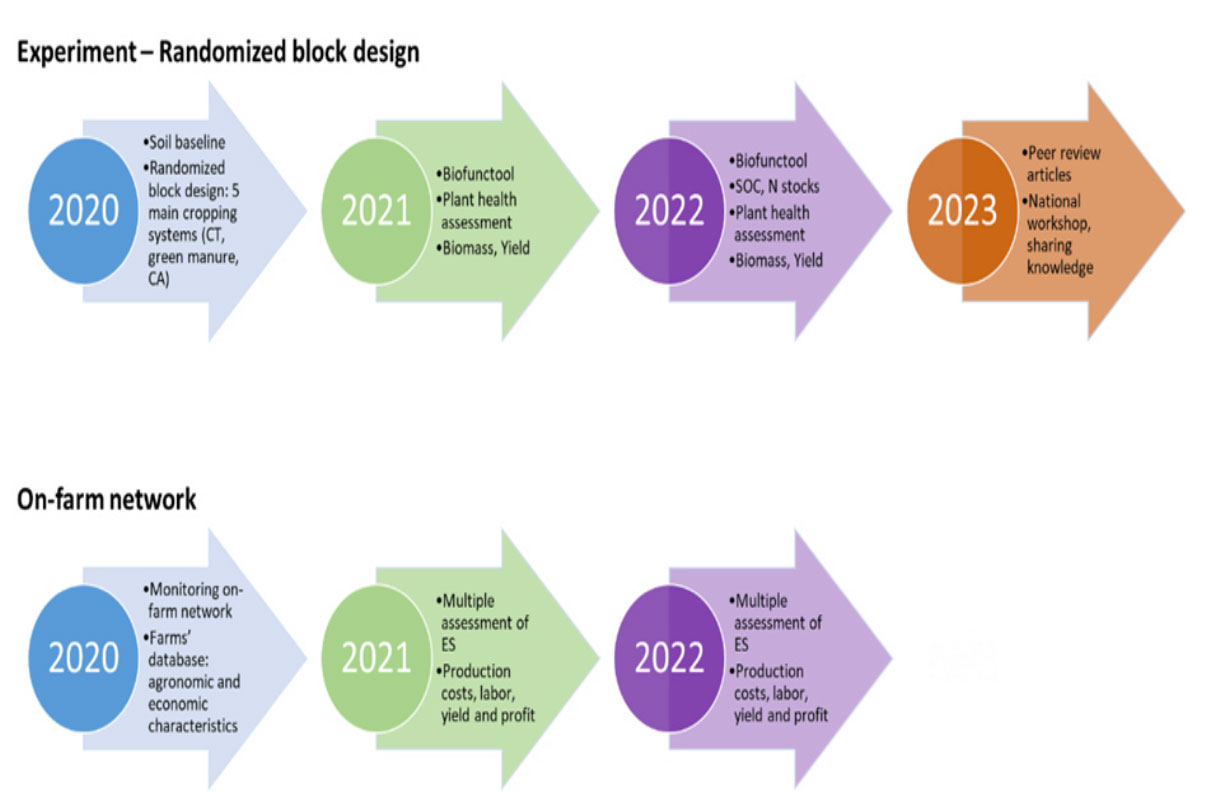
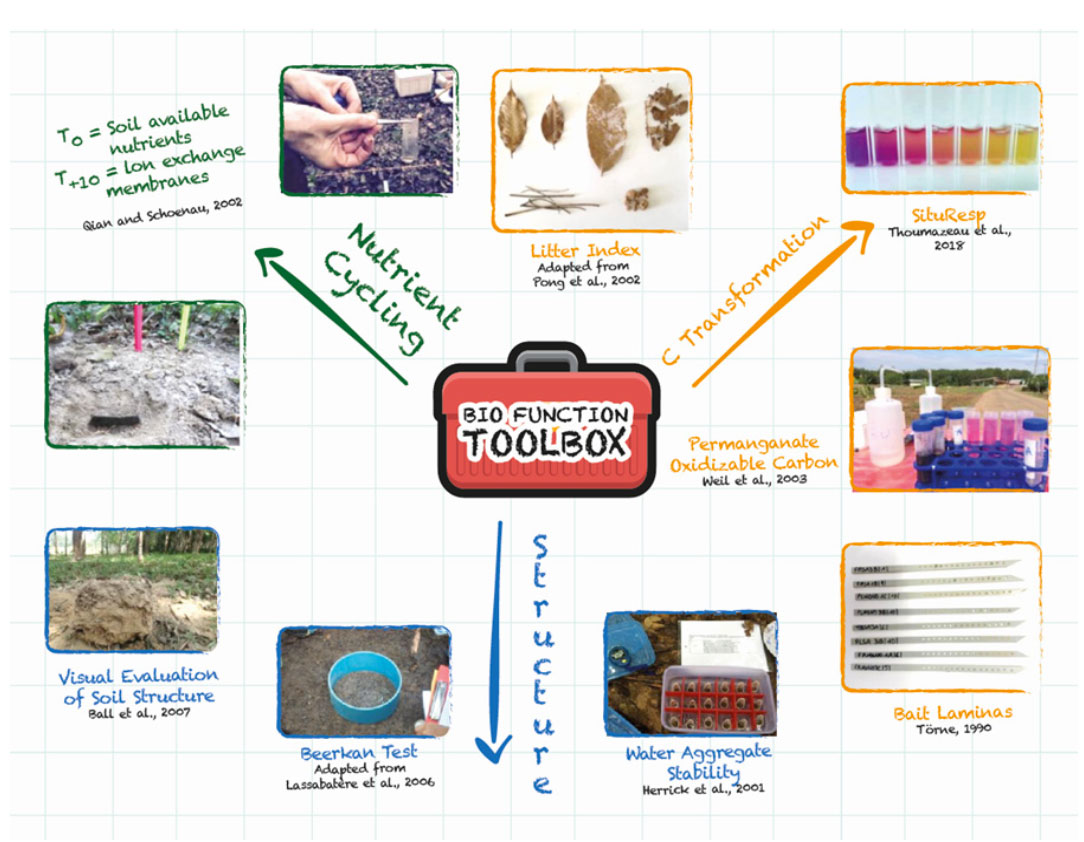
Outputs and Key Activities
| Result | Key Activities |
|---|---|
|
|
Knowledge Products
• Policy briefs • Experiment videos • Workshops and training materials
| Timeframe | Total Budget | Partners | Location |
|---|---|---|---|
| April/2021 - April /2024 | USD 209,000 | NUBB, DALRM, RUA, CIRAD, ENSAT | Battambang province |



